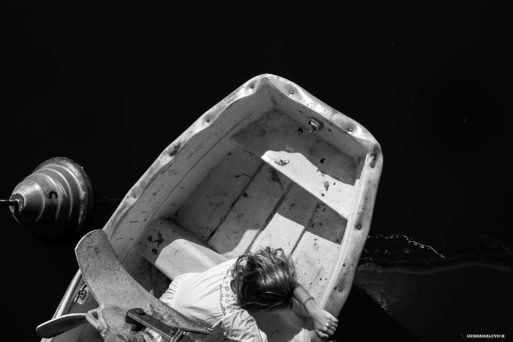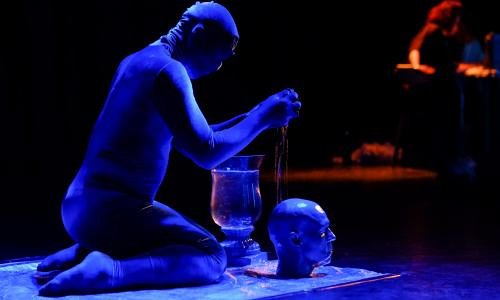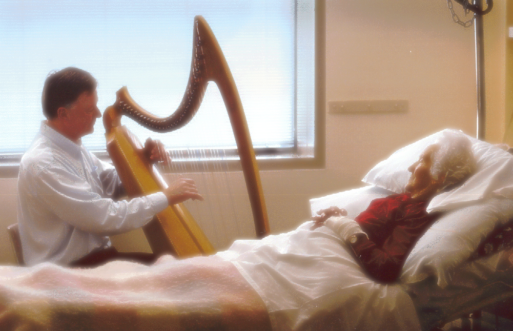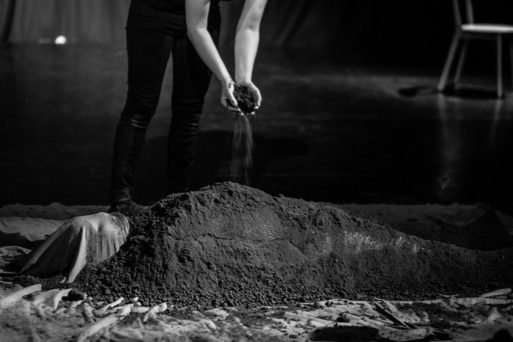
Credit: deathfestsyd.net
What comes to mind when you think about the words “festival” and “death”?
Peter Banki, an associate member of the Philosophy Research Initiative at the University of Western Sydney, hopes you will get curious, and a little excited. Banki is the creator and director of the Festival of Death and Dying, which recently enjoyed a successful debut run in Sydney, Australia, from Nov. 18-20, 2016. The festival included about 30 workshops and events designed to encourage attendees to think about death and dying. Banki employed art, interactive processes and conversations to introduce concepts aimed at broadening mainstream engagement with this most universal of experiences.
An opening and closing ceremony knitted together the festival, bracketing a plethora of topics such as living with grief, dying at home, the afterlife, near-death visions, suicide, voluntary assisted dying and more. The content was both philosophical and practical. There were also workshops that featured yoga and dancing, and one that explored the human urge to seek edge experiences called “Thresholds and Lust,” presented by Banki.

Image from “Thresholds of Lust”
(Credit: guim.co.uk)
Victoria Spence, a civil celebrant who collaborated with Banki on the festival, presented the workshop “Developing Your Mortality Muscle.” Spence, whose practice includes providing cooling beds to people who wish to keep the body of their loved one at home instead of opting for a more professionalized affair, discussed how many people respond to the shock of death on a physiological level as an urge to fight, take flight, freeze or submit. She suggests that we allow ourselves time to be around death — the way it looks, feels, smells. As we do so, the human nervous system will adjust its response to mentally and physiologically normalize it.

Peter Roberts at work
(Credit: robertsmusic.net)
Peter Roberts, a music thanatologist (also called a therapeutic music practitioner) who has been serving in his field for 20 years, also shared his insights about the great transition. His sessions help people let go of anxiety — and their bodies. Roberts is also the inventor of the Reverie Harp, a pre-tuned instrument that anyone can play to produce an array of soothing vibrations.
The Reverie Harp from Quiver Communications on Vimeo.
Palliative care physician Dr. Michael Barbato has devoted considerable time to investigating the dreams and visions people have as their body is dying, and presented a workshop based on his findings. Another offering allowed festival participants to get up close and personal with death and dying by laying in a satin-lined coffin and otherwise “feeling it out.”

Credit: guim.co.uk
It seems as though mainstream interest in death and dying is growing at a steady rate, and the Festival of Death and Dying is one such symptom of this shift. Considering that training for doctors of Western medicine has yet to include practical training around how to companion their patients and patients’ families through the dying journey, the reclamation of and re-education around these natural processes is a welcome and positive sign.

 “Festival of Death and Dying” Builds Attendees’ “mortality muscles”
“Festival of Death and Dying” Builds Attendees’ “mortality muscles”


 John Mulaney’s “Funeral Planning” on Netflix: No Real Plan
John Mulaney’s “Funeral Planning” on Netflix: No Real Plan

 Composting Bodies Is Now Legal in a Dozen States
Composting Bodies Is Now Legal in a Dozen States














